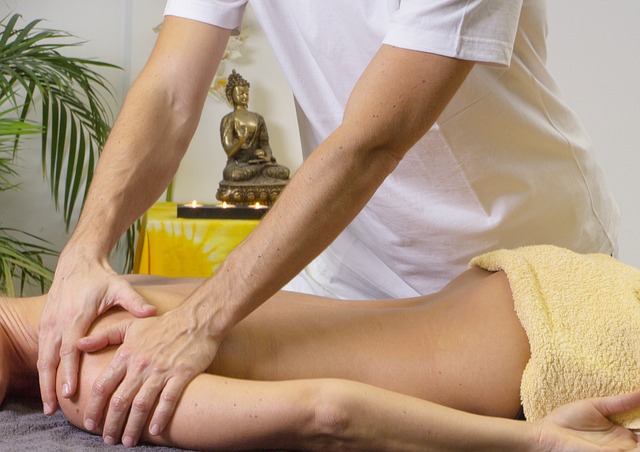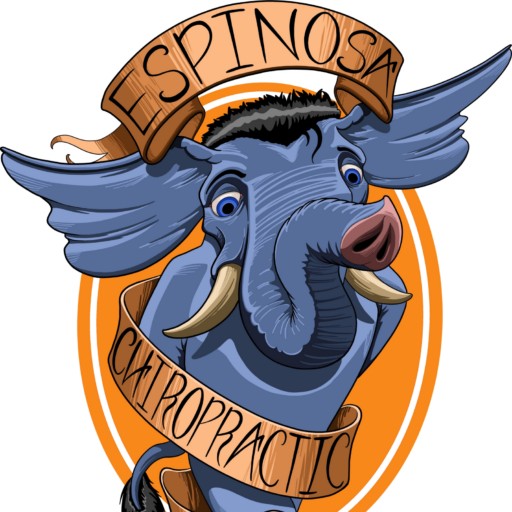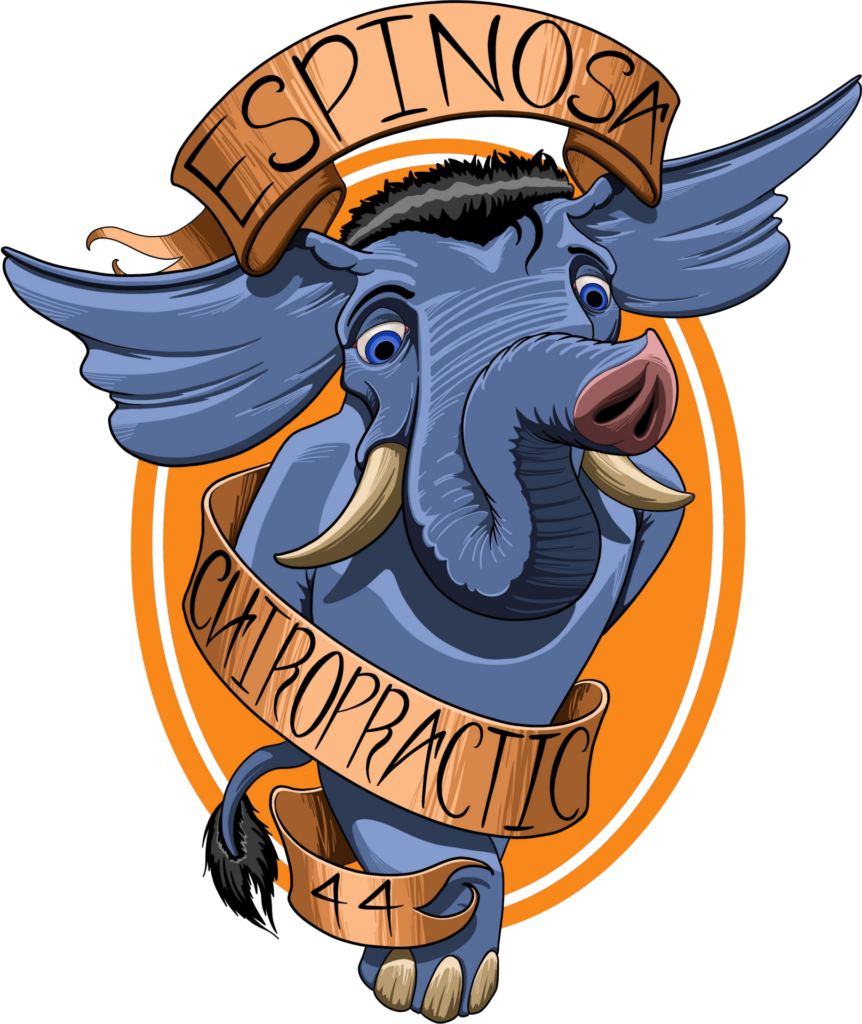Posts Tagged ‘chiropractic’
The Buck Stops Here: Chiropractic for Chronic Pain

Non-specific chronic back pain: what gives?
Your pain has been nearly constant for three months and you keep telling yourself it will go away soon. You have been doing everything the doctor told you: eating well, stretching and exercising; you haven’t been sitting too much. But still the pain lingers, and at the six-month mark you start to wonder if it will ever go away. Such is the plight of many people affected by chronic pain, a condition little understood but certainly on the rise in our society. Traditional treatments such as surgery and medication often fall short because they fail to address the root cause of the pain. But what is this root, and how can we go about treating it?
Unlearning Unhealthy Spinal Habits

A healthier back begins with awareness
This is step one in any plan for improving your spinal health: simply being aware of your biomechanics and how every action directly contributes to the condition of your spine. Just as the spine is a depreciating asset, our awareness of healthy spinal habits seems to deteriorate over time. Here are some of the greatest risk factors that are within our control:
- Poor posture
- Poor diet
- Lack of exercise
- Sitting too much
- Lifting poorly
- Smoking
Each of these factors interact with and influence each other; for example, lack of exercise reduces the efficacy of the postural muscles that support good posture. Helping you recognize risk factors and the way they influence your spinal health is one of primary goals at Espinosa Family Chiropractic.
Sitting on the Sofa with Style

Good posture is never out of style
But sofas are hardly conducive to good posture- they are often the exact opposite. You may think that the big, fluffy sofa that you sink right into is your best friend, but we are willing to bet your spine would strongly disagree. However, relaxing is extremely important! And the sofa is a gateway to relaxation for many people, so we support sitting on the sofa as long as it is done responsibly! By staying aware of your posture and your spine’s relation to the couch, you can make minor adjustments to effect huge improvements in the way your spine feels after your next Netflix binge.
How to Reach Relaxation Using your Pillow

Relaxation is an identifiable state
A basic definition of relaxation taken from Google: the state of being free from tension and anxiety. But what does it take to get to such a peaceful sounding place? When it comes to sleeping, the process begins with comfort. Feelings of comfort lead to calm, a state of harmony between body, mental processing and emotions. Calm theoretically then gives way to relaxation, allowing your body to reduce its expenditure of energy and focus on resting. This last phase is when sleep occurs, but the process, as many of you will know, is far from easy. While reducing anxiety and tension is not a simple case of getting from point A to point B, there are steps you can take, including using your pillow, to create a comfortable environment for your body and mind to seek calmness and relaxation.
An Essential Imbalance in Core Strength: Postural versus Phasic Muscles

There are two main types of muscles that contribute to a solid core
Sitting at your desk all day, every day, is eventually going to cause some kind of pain and dysfunction in your back, unless you take proactive measures to stop its occurence! For most people, a prescription of improving posture would suffice but its hardly that simple of a problem. No matter how many times you are told to sit up straight, you’re not going to be able to maintain it unless you have postural balance. No matter how you spin it, good posture starts with the muscles.
Posture Reset: Sit Better Right Now

Take stock of your posture right now
The most common poses when working are: sitting and standing. Chances are you could benefit from a quick posture adjustment. It goes like this:
- Sit up straight and look straight ahead with your head balanced atop your spine.
- Move your butt to the back of your chair.
- Pull your navel in toward your spine and up toward your ribs.
- Roll your shoulders back and down
- Drop your tailbone down toward the floor.
- Make sure you feel as though there is a straight line between your head and tailbone.
Chances are this position feels awkward- it may even hurt a bit. That is your muscles adjusting to the position they are supposed to be able to hold. Let the shame sink into those muscles and take a moment to realize that this is what good posture looks like. We need to make this the norm- but how?
What does Spinal Longevity Mean to You?

Taking control of your spinal health begins with thinking to the future
Our spines have finite shelf dates that are inherently shorter than our life spans. The resilience of our spines to compressive forces begins to wane as we grow, and the aches, pains and stiffness begin to set in. When you consider that the spine is a cornerstone of well-being, this is quite a torturous prospect- no one wants an old age filled with back pain, but many of the actions we take in the here and now will condemn us to exactly that. This paradox exists because we are inherently lazy: while no one plans for a crippled old age, the gratification of being sedentary in the here and now allows us to put off thoughts of being proactive about back care until the pain becomes to great to ignore.
Neck Pain: Conservative Care or Painkilling Injections?

The standard medical response to neck pain is to treat it symptomatically
That is why many medical providers will offer painkilling injections to effect significant improvements in pain, allowing people to get on with their lives. This is often prescribed as an intermediate step on the road to surgery, and while we acknowledge its place as effective pain management, we think it fails many people in a key way. Painkillers only treat neck pain symptomatically, rather than detecting and correcting the true cause of the pain.
Why You Want More Postural Transitions

What are postural transitions?
Answer: the movements you make when changing positions. These little movements range from slight adjustments like sitting up straight from slouching, to full postural changes like the transition from sitting to standing. Postural transitions have taken on a whole new gravitas as more and more Americans are transferring into the white collar work scenario. As an office of chiropractic, we wince at any job that asks you to sit for up to 8 hours a day.
- Out of all normal positions you will adopt throughout the day, sitting is the worst position for the human spine: most experts agree that it puts an average of 125kg of pressure on lumbar intervertebral discs.
However, we also realize that if that is how you earn a paycheck, you can use all our help in keeping your body healthy despite the burden of sitting. Postural transitioning is a key way you can do this.
Self-Care for Low Back Pain

Your body is a self-healing machine
Most instances of non-specific lower back pain will heal themselves without the necessity for medical intervention if given enough attention to recovery. Back pain should be closely monitored and any actions that could exacerbate your pain should be avoided; other than that, it is recommended that you carry on a light schedule of motion to prevent the stiffness, loss of muscle and flexibility that actually slows recovery. Movement helps maintain range of motion despite the injury and also contributes to better circulation to keep the nutrients and oxygen flowing to the injurious region that is most in need. Four weeks is a good threshold for self-care; if back pain persists beyond this point, it may be worth investigating your condition further with the help of a medical professional.
